Ball Australia's grand opening
It makes little sense to fly 20-plus hours from Chicago for a meager four-day visit to Australia, but that’s what I did last week on the occasion of the grand opening of Ball Australia’s new office and greenhouse. The state-of-the-art facility has been cranking out plugs and liners all season long, but this was the “official” opening, with a tree planting and ribbon-cutting by Anna Ball herownself, and lots of guests for Trials Week, an event that’s somewhat akin to the California Spring Trials. I attached myself to the event as official photographer/videographer/drone pilot (good news: Snoopy did NOT get confiscated this time!).
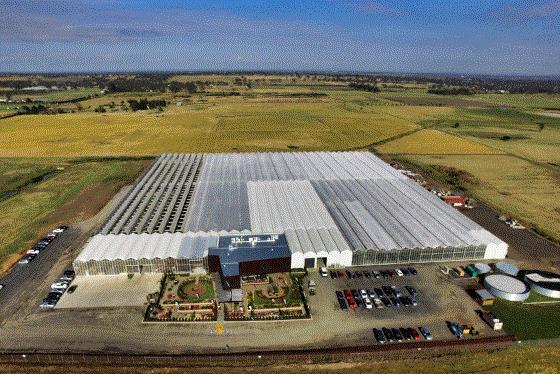
 Anna and Ball Australia Managing Director Paul Boland make it official.
Anna and Ball Australia Managing Director Paul Boland make it official.
Ball Australia is located in Skye, about 30 minutes southeast of Melbourne, in the state of Victoria, which I’m told is the most horticulturally active state of the country’s six. That’s good, as it makes it easy to see a lot in a short trip. While there, I got into a chain store cross dock, visited a giant monthly wholesale grower market, and did a bus tour with a group of under-35s to see six other grower open houses taking place during Trials Week. Here’s a recap:

The new facilities
It’s always interesting to see what a breeder/propagator does with a clean sheet of paper. In Ball Australia’s case, the paper is a nice, flat, 40-acre piece of highway-adjacent land, upon which they’ve erected a nearly 8-acre Venlo-style greenhouse range supplied by Dutch manufacturer Van der Hoeven. It’s tall, with 6 meter (19.6 ft.) gutters, which should help buffer the fluctuating Australian temperatures.
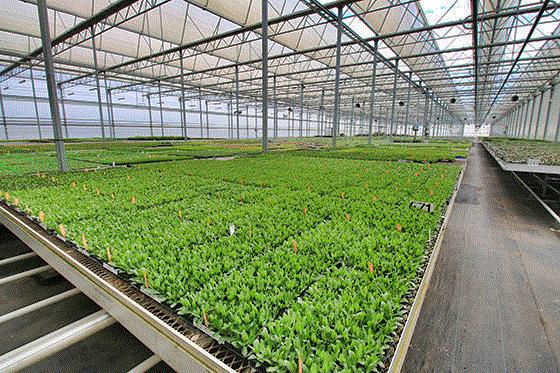
Roof ventilation is considerable, ranging from full-length peak-hinged vents on both the north and south sides of each roof over the propagation zones (to take advantage of fluctuating winds) to open roofs over the hardening-off area for an outdoor-like growing environment.
There’s a single layer of shade, plus lights and HAF fans where needed. Roof covering is double poly, not glass, to help with insulation, especially during the colder months.
Internal transport is by standard Dutch tables and rollerbahn, for maximum efficiency. Floors are concrete in traffic areas and groundcloth under the benches, with full water recycling. Irrigation is via booms.
A local firm called Powerplants managed the three-year project.

The offices and gardens
The offices are just what you’d want attached to such a greenhouse: open, airy, modern, with easy access and good views into the greenhouse (my temporary digs overlooked a bay of production). I especially liked the dark wood exterior and open breezeway out front, which provide a nice jumping-off point to the trial gardens, where they displayed their latest offerings to visitors. All in all, a great modern facility with an Australian vibe.
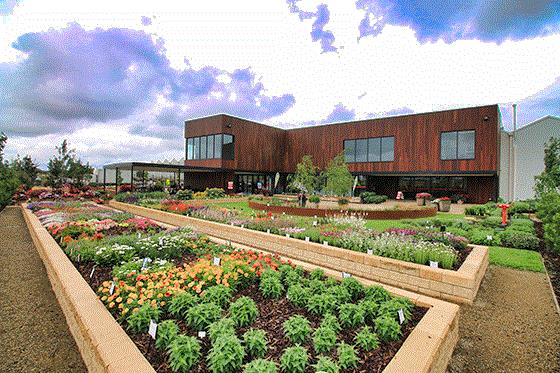
Bunning’s Greenlife cross dock
Monday morning, Ball hosted the country’s main big-box retailer, Bunnings. Interestingly, when I was last in Australia in 2011, Bunnings had a new competitor, Masters Home Improvement, a joint venture between Woolworth’s and Lowe’s. They had seven stores then and were shooting for 150 within five years. Well, things didn’t work out quite as they’d hoped. As I heard it from several of the locals, Masters did everything wrong that you could do wrong, from product assortment to seasonal timing to … well, you name it. They closed down about a year ago. I visited a Bunnings store with Robert Chin, Bunnings’ head of biosecurity and nursery standards, and saw this empty Masters shell right across the street—I believe it’s a store I visited six years ago.
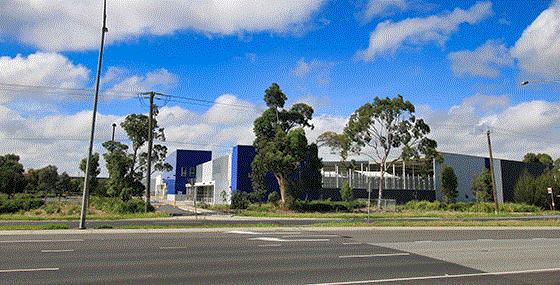
Anyway, Robert invited me out for a morning to see their new greenlife (their term for the livegoods category) cross dock. This is where all inbound livegoods come to get sorted and shipped to Victoria stores. It’s a private operation run by a firm called PlantAccess.
What’s novel about PlantAccess is the rack system they use to move plants on: Rather than the typical wheeled shipping rack used pretty much worldwide now, they use a proprietary stillage* system—stackable, square metal pallets which are moved by forklift and pallet jacks. PlantAccess workers at the Bunnings stores move product off the stillages and onto store tables. It’s not quite as intense as in-store merchandising at Lowes or Home Depot here in the states, but it’s similar.
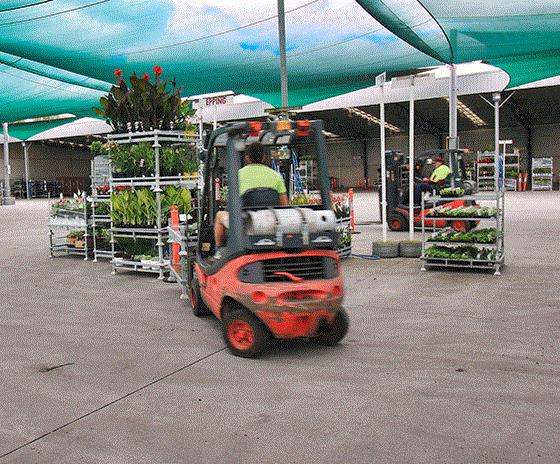
Now, I pointed out to Robert that wheeled racks make for easy movement of product. He agreed that traditional racks, which are used for product coming from beyond Victoria, are efficient from nursery to store. But he really likes to use stillages at the store as extra retail benches.

(*I was curious about the term “stillage” and so looked it up: It’s any sort of rack or pallet used for holding goods up off the floor, and is more often associated with wine or beer casks.)

At Trade Day
If you’re headed to Melbourne, plan your trip around the first Tuesday of the month so you can drop in on Trade Day, where 100 or so area growers sell to 500 or so retail customers. This is my second visit, and I love it! Where else can you see and meet an entire region’s production under one roof? Robert Chin (who, in his former capacity working for Nursery & Garden Industry Victoria, actually ran Trade Day) took me and Ball Hort’s Chief Technology Officer Matt Mouw through the event, which has been running for some 40 years.
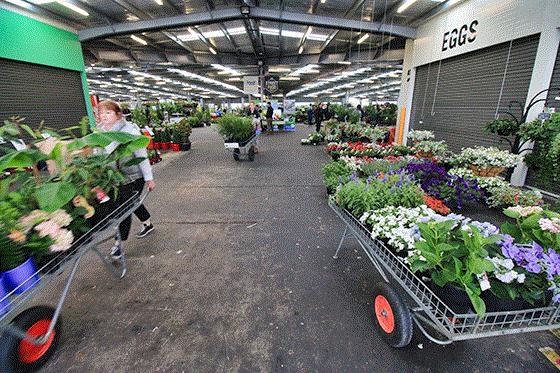
While some producers are definitely here to sell, others are here to rub elbows with customers. John Marshall of Clyde Plant Nursery (below left, with Robert Chin) told me he counts on the Trade Day to sell “0.000%” of his production.
“We never come here to sell plants,” he said. “It’s a front window for us.” He uses it to show off his offering to current and potential customers. Any on-site plant sales are gravy.
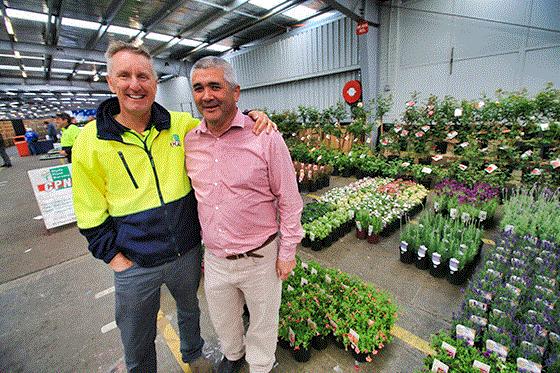
It was early December, summer, and Christmas time, and we saw some poinsettias, but we also saw what else sells for Christmas, such as red and white petunias. James Barr of Plantex Nursery broke out his best holiday jumper (sweater) for the occasion.


On the NextGen Victoria bus
I could write a long novel about Wednesday, when this 57-year-old joined an enthusiastic group of under-35 nurserymen and women for a day-long tour of seven of the companies participating in Trials Week. NextGen Victoria is proof that we in the U.S. aren’t the only ones thinking about the next generation of nursery and greenhouse workers, managers and owners.
Most of our visits were to propagators who were exhibiting their wide (up to 3,500 varieties!) range of offerings. Once in a while, a breeder relationship would get mentioned, but it’s not like California Spring Trials, where most stops are hosted by breeding companies. We saw every brand and genus and species imaginable, in annuals (seed and vegetative), Australian perennials, woodies, foliage, succulents … you name it, we probably saw it.
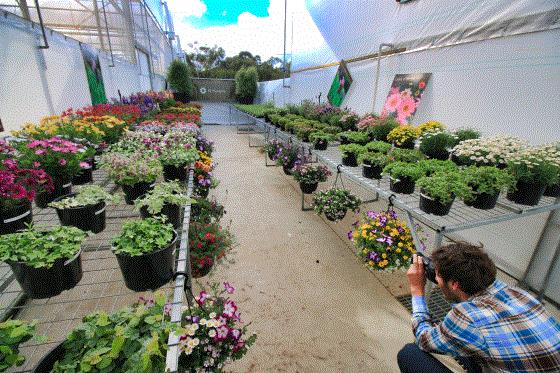
J.D. Propagators, above, was a good example of the diversity I mentioned. A small place, with no more than an acre or greenhouse, they have to maintain stock plants for every one of their 3,500 varieties. In their rooting house I saw strawberry plants next to ficus next to calibrachoa next to African violets—and sometimes just a tray of each! But when you can’t bring URCs in from offshore, this is what you do, and they seem to do it well. I was told J.D. has a good reputation. The eight-year-old company sells 10 million liners a year. Along with their liners, they were also promoting their ready-to-plant Ellepot trays, called Super Starters.

The Nic-In tissue culture system
The last thing I expected to see at a small Australian propagation nursery was a new technology in tissue culture. In fact, it will debut at IPM Essen next month, but you get a sneak peek at it here. It’s called Nic-In, and it uses what is ostensibly a clear, 49-count plug tray in which TC plantlets are planted. Once grown on a bit, they can then be mechanically transplanted into the final container.
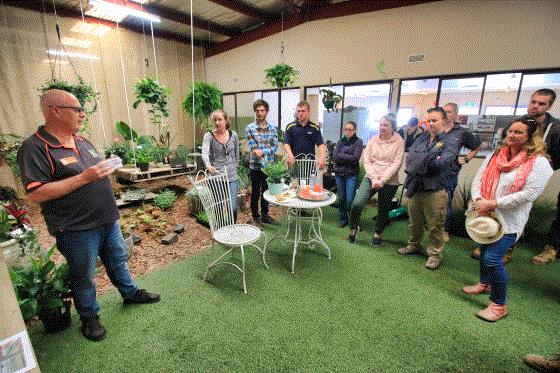
The product is the brainchild of Nico Van Rooijen (above), owner of Majestic Selections and their propagation division, YoungPlants Pty Ltd. Nico wondered, “Why don’t we use plug trays for tissue culture?” Some experiments proved to him it could work, so he set out to develop a dedicated system. The result is a square, 7x7 cell tray. Workers at Asian tissue culture labs (responsible for 80% of the world’s TC output, he says) will plant them by hand; once rooted, they will be shipped to Europe or North America or wherever, to be planted by machine. He worked with Dutch automation company TTA to adapt their transplanter to his new system.

Will it revolutionize tissue culture? For that, we’ll have to wait and see.

Caution: dangerous plant
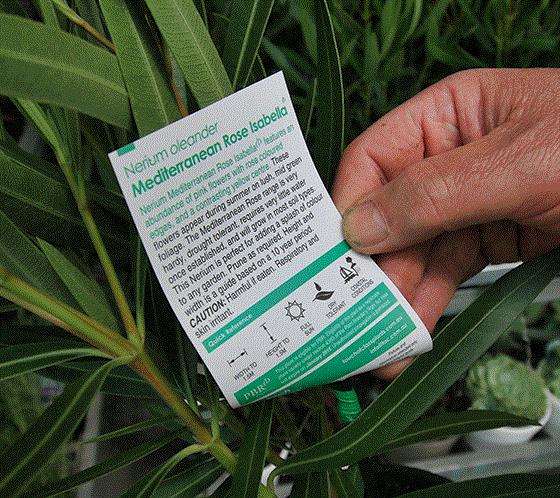
Despite its Crocodile Dundee image, Australia is pretty safety conscious. More than once I’ve had to put on a bright yellow vest before touring a facility. Plant tags are another example: Rather than wait until they got fined or sued by a retailer or consumer, the plant industry voluntarily began indicating if a plant is potentially harmful—is it poisonous, does it cause a skin reaction, might it cause respiratory problems, is it invasive?
The labeling guidelines, developed in 2013 by the Australia nursery industry as a whole with help from the Tree & Shrub Growers Victoria and a legal team, also recommend that tags use correct botanical names, and include information about intellectual property—plant breeders rights and patents.
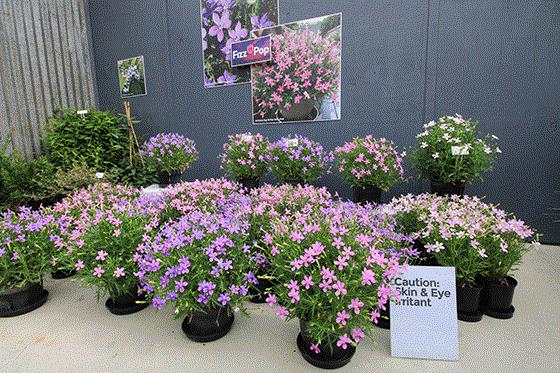
All in all, I see the guidelines as a good thing that informs consumers while potentially preventing a consumer from allowing poisonous plants around pets or kids.
Free webinar on propagation media!
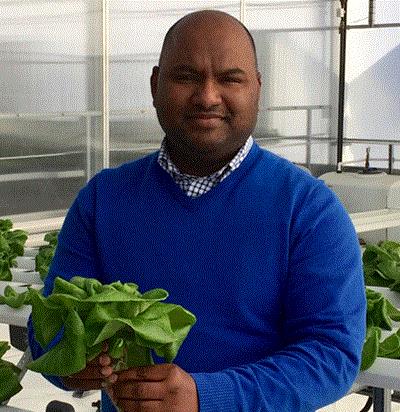
Webinar: Choosing and Using Propagation Media
If all my talk about propagation, above, has put you in the mood to talk propagation media, you’re in luck! I’m hosting just such a webinar on Tuesday, December 19, at 1 p.m. Eastern.
My guest expert will be Dr. Vijay Rapaka of Oasis Grower Solutions. A veteran of my webinars, Vijay will give you the details on all three types of propagation media: engineered media or “foam,” stabilized media or “paper plugs,” and bonded media or “glue plugs.” What does each offer? Why choose one over the other? Vijay will offer some tips and tricks for maximizing your rooting, and he’ll go into extra depth about Oasis’ newest propagation media, Terra Plug.
To sign up for this free webinar, click HERE.
As always, I’ll be your host, so you know it will be informative, fast-paced and fun.
Finally ...
My colleagues, as much as they love me, will testify that I tend to work fairly last-minute (hey, I work best under pressure!). Which is why they would be pleasantly surprised to find out that, while in Australia, I was working so far ahead of schedule, I actually took some photos tomorrow. Here’s proof:
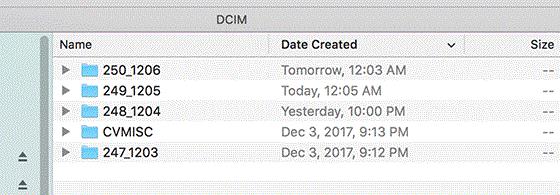
See you next time!

Chris Beytes
Editor
GrowerTalks and Green Profit
This e-mail received by 22,421 loyal readers!
Thanks to my loyal sponsors, who help me reach the 22,421 readers of Acres Online in 66 countries! Want to be one (a sponsor, that is)? Give Paul Black a shout and he'll hook you up.